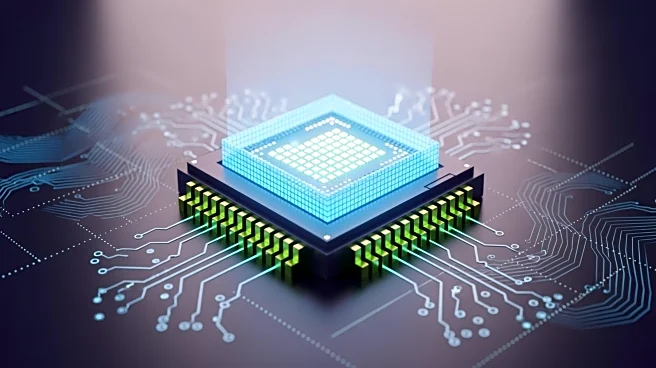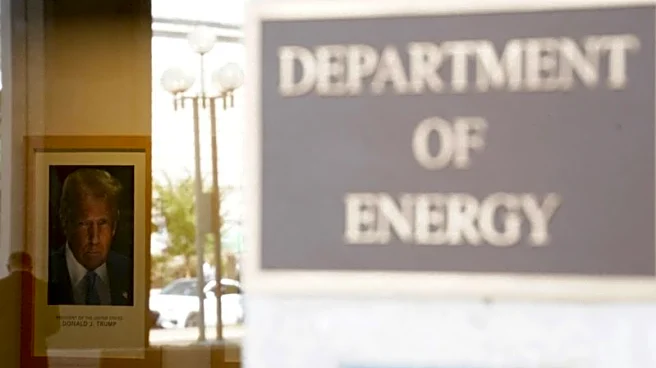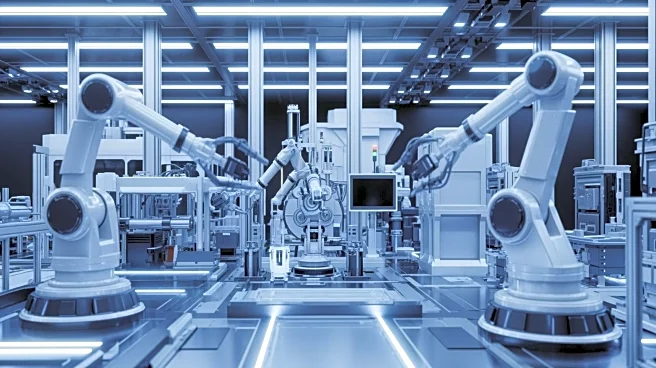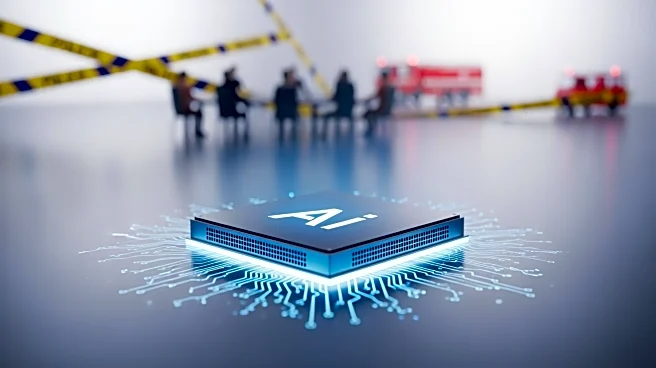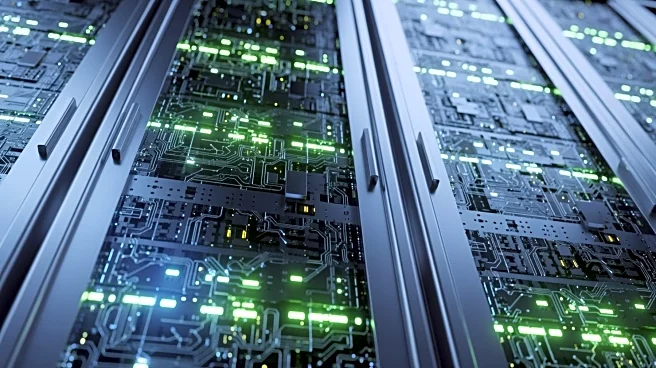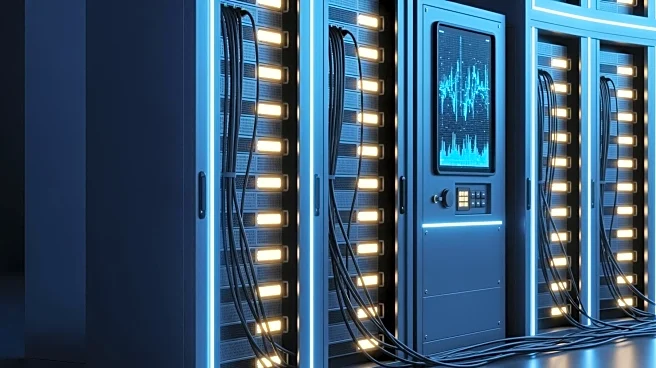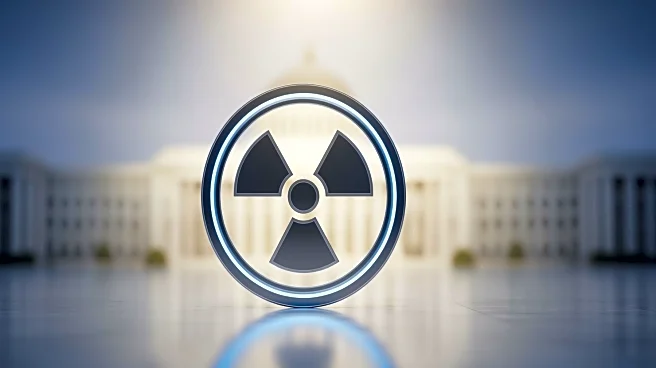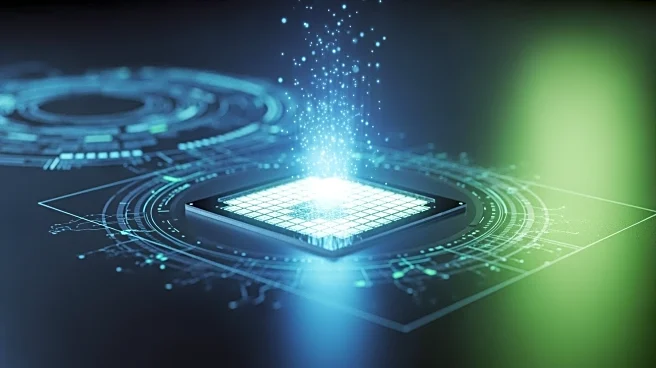What's Happening?
The U.S. Department of Energy has announced a $1 billion partnership with Advanced Micro Devices (AMD) to develop two supercomputers aimed at addressing significant scientific challenges. These supercomputers will
focus on areas such as nuclear power, cancer treatment, and national security. Energy Secretary Chris Wright and AMD CEO Lisa Su highlighted the potential of these machines to accelerate scientific discoveries by leveraging advanced data-crunching capabilities. The first supercomputer, named Lux, is expected to be operational within six months and will utilize AMD's MI355X AI chips. The second, more advanced system, Discovery, will be based on AMD's MI430 series AI chips and is slated for completion by 2029. This initiative is part of a broader effort to enhance the U.S.'s computational resources for scientific research.
Why It's Important?
This partnership represents a significant investment in the U.S.'s technological infrastructure, with potential impacts across multiple sectors. By enhancing computational capabilities, the initiative could lead to breakthroughs in nuclear energy and cancer treatment, potentially transforming these fields. The development of fusion energy, in particular, could provide a sustainable and powerful energy source, addressing long-term energy needs. Additionally, the supercomputers will play a crucial role in national security by managing the U.S. nuclear arsenal. The collaboration between the Department of Energy and AMD also underscores the importance of public-private partnerships in advancing technological innovation and maintaining the U.S.'s competitive edge in high-performance computing.
What's Next?
The Lux supercomputer is set to be operational within the next six months, marking a rapid deployment for a project of this scale. As the systems come online, they will begin contributing to various scientific and security-related projects. The Discovery supercomputer, expected to be completed by 2029, will further enhance computational capabilities. The Department of Energy plans to continue forming similar partnerships with private industry and national laboratories to expand the U.S.'s supercomputing infrastructure. These efforts are likely to attract attention from other tech companies and research institutions, potentially leading to further collaborations and innovations in the field.
